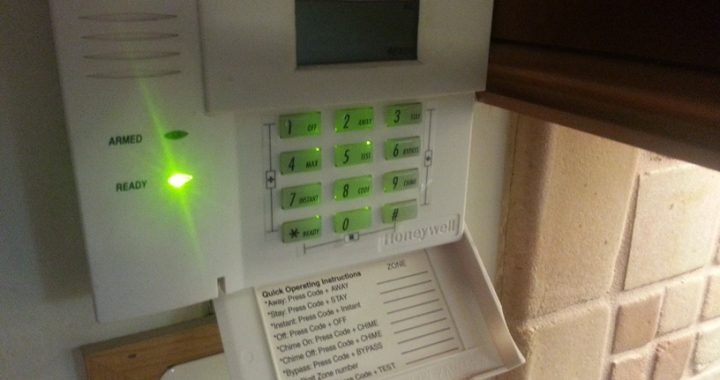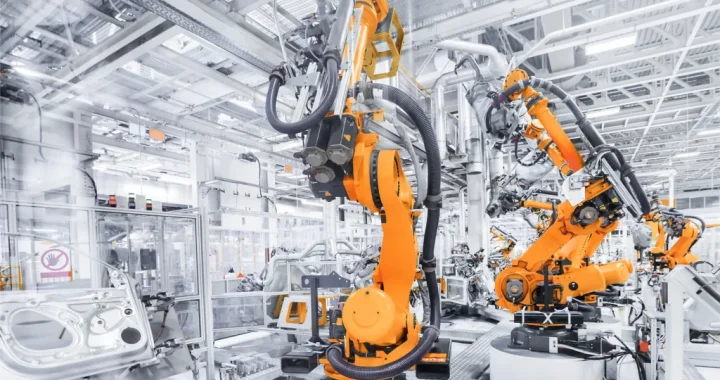How to Use Technical Analysis in Crypto Investing

Cryptocurrency markets are known for their volatility, making them both a potentially lucrative and risky investment. As a result, investors often look to technical analysis (TA) as a means to predict price movements and make informed decisions. Technical analysis involves studying past market data, primarily price and volume, to forecast future price action. While the principles of TA are the same across all financial markets, applying it to cryptocurrencies presents its unique set of challenges and opportunities. Below is a detailed guide on how to effectively use technical analysis in crypto investing.
1. Understand the Basics of Technical Analysis
The first step in using technical analysis is to have a solid grasp of its core principles. At its heart, TA is based on three key assumptions:
- Price Discounts Everything: According to TA, all relevant information (including news, events, and market sentiment) is reflected in the current price of an asset. This means that any news that could potentially impact a cryptocurrency’s price is already priced in by the market.
- Price Moves in Trends: Cryptocurrency markets tend to follow trends, whether they be upward, downward, or sideways. By identifying trends, investors can gain insights into the direction in which the price is likely to move next.
- History Repeats Itself: Technical analysts believe that price movements are not entirely random. Patterns tend to recur over time, and by studying past price charts, investors can identify recurring patterns that may signal future price behavior.
2. Learn to Read Cryptocurrency Charts
The foundation of technical analysis is chart reading. Charts display the historical price movement of a cryptocurrency over a specified period, often shown in the form of candlestick charts. Candlestick charts use colored bars (or candles) to represent the open, high, low, and close prices within a given time frame.
Understanding how to read these charts is crucial, as they reveal important patterns that can help you predict price movements. For example, if a coin’s candlestick shows a long body with small wicks, it could indicate strong momentum in one direction. Conversely, a candlestick with long wicks on both sides may suggest indecision in the market.
3. Identify Key Technical Indicators
Technical indicators are mathematical calculations based on historical price and volume data. They help traders assess the strength of a trend, potential reversal points, and the general market sentiment. Some of the most widely used technical indicators in crypto investing include:
- Moving Averages (MA): These are among the most common technical indicators. A moving average calculates the average price of an asset over a specified period, smoothing out short-term fluctuations and helping identify the underlying trend. The two most common types are the Simple Moving Average (SMA) and the Exponential Moving Average (EMA).
- Relative Strength Index (RSI): This momentum oscillator helps traders assess whether a cryptocurrency is overbought or oversold. RSI values range from 0 to 100, with values above 70 indicating that a cryptocurrency may be overbought, and values below 30 suggesting it could be oversold.
- Bollinger Bands: These bands are a volatility indicator that consists of three lines. The middle line is a moving average, while the upper and lower bands are set at a distance from the middle line, based on standard deviations. When the price reaches the upper band, it may be a sign that the cryptocurrency is overbought, while touching the lower band may indicate an oversold condition.
- MACD (Moving Average Convergence Divergence): The MACD is a trend-following momentum indicator that shows the relationship between two moving averages of an asset’s price. It is used to identify potential buy and sell signals based on the crossing of these two averages.
These indicators, when used together, can provide a more complete picture of market conditions and help investors make better-informed decisions.
4. Recognize Chart Patterns
Chart patterns are one of the most powerful tools in technical analysis. These patterns represent the psychological state of market participants and can indicate potential price movements. Some common chart patterns to watch out for in the cryptocurrency market include:
- Head and Shoulders: This is a reversal pattern that signals a change in trend direction. A “head” forms at the peak of the trend, with two “shoulders” on either side, forming a symmetrical shape. A head and shoulders pattern indicates that the market may be nearing the end of an uptrend and could soon reverse.
- Triangles: These patterns occur when price moves within converging trendlines, creating a triangle shape. Triangles can be either ascending, descending, or symmetrical. An ascending triangle typically signals a continuation of the bullish trend, while a descending triangle may signal a bearish trend.
- Double Top and Double Bottom: These are reversal patterns that suggest a trend reversal. A double top indicates that a bullish trend may be coming to an end, while a double bottom suggests that a bearish trend could be nearing its conclusion.
Recognizing these patterns can provide valuable insights into potential market trends and help guide your decision-making process.
5. Use Volume Analysis
Volume is another essential component of technical analysis. It refers to the number of coins traded within a specific time frame. Volume can help confirm the strength of a price move. For example, a price rise accompanied by high volume typically indicates strong buying interest and suggests that the trend may continue. Conversely, a price rise with low volume may indicate a lack of conviction and could signal a reversal.
Analyzing volume in combination with price movements and indicators can help traders confirm signals and make more informed predictions about future price movements.
6. Set Proper Risk Management Strategies
While technical analysis can help identify profitable investment opportunities, it is not foolproof. The cryptocurrency market is highly volatile, and even the most reliable signals can be invalidated by unexpected events. Therefore, it is essential to employ sound risk management strategies when using technical analysis for crypto investing.
Some key risk management strategies include:
- Setting Stop-Loss Orders: A stop-loss order automatically sells your cryptocurrency if its price falls to a certain level. This can help limit losses if the market moves against your position.
- Diversifying Your Portfolio: Rather than putting all your funds into a single cryptocurrency, diversify across multiple assets. This can reduce the impact of any single asset’s price drop on your overall portfolio.
- Position Sizing: Avoid investing too much in a single trade. Proper position sizing ensures that even if a trade goes against you, it won’t significantly affect your overall portfolio.
7. Practice Patience and Consistency
Successful technical analysis requires patience and consistency. It’s important not to rush into trades based solely on short-term signals or market hype. Take your time to analyze the market, follow your strategy, and stick to your risk management plan.
Successful traders are often those who maintain discipline and avoid emotional decision-making. Remember, technical analysis is not about predicting the market with certainty but rather about increasing the probability of success.
Using technical analysis in crypto investing requires an understanding of the market, patience, and a disciplined approach. By studying price charts, identifying key indicators, and recognizing chart patterns, you can improve your chances of making profitable trades. However, it’s crucial to always use proper risk management and stay informed about market conditions to navigate the highly volatile world of cryptocurrencies successfully.

 What Happens After Your Security Alarm Goes Off?
What Happens After Your Security Alarm Goes Off?  How Make-Good Services Ensure Smooth Lease Transitions and Compliance
How Make-Good Services Ensure Smooth Lease Transitions and Compliance  The Shift from Concept to Real-World 3D Build Projects
The Shift from Concept to Real-World 3D Build Projects  Effortless Office Moves in Melbourne
Effortless Office Moves in Melbourne  SEBI’s Latest Regulations for Investment Advisory Services in India
SEBI’s Latest Regulations for Investment Advisory Services in India  Exploring the Most Effective Business Services for Entrepreneurs
Exploring the Most Effective Business Services for Entrepreneurs  The Evolution of Industry: From the Industrial Revolution to the Age of Automation
The Evolution of Industry: From the Industrial Revolution to the Age of Automation